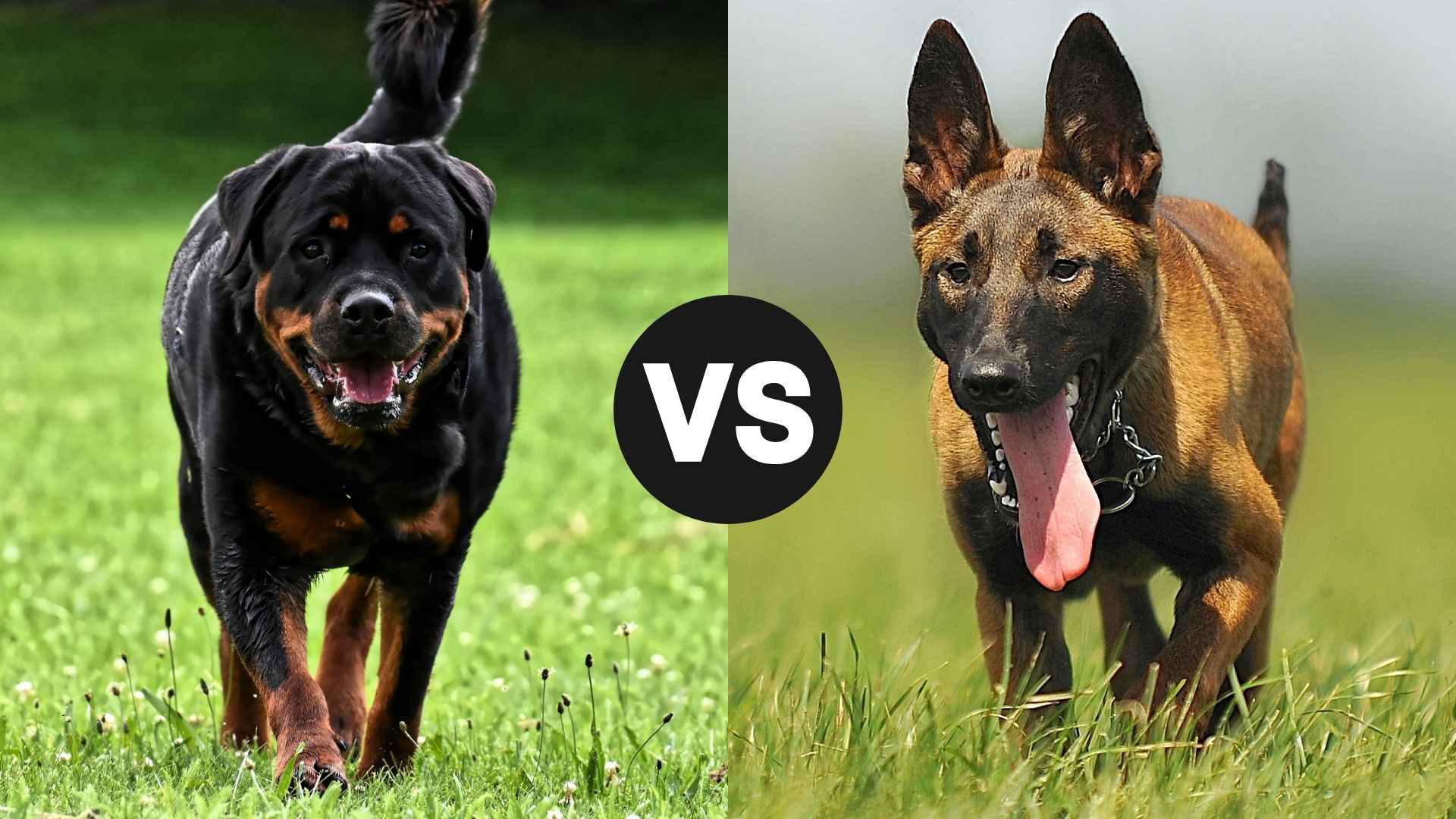When it comes to choosing a reliable guard dog, two breeds often rise to the top: the Belgian Malinois vs Rottweiler. Both are intelligent, fiercely loyal, and originally bred to protect livestock—instincts that now make them excellent protectors of home and family members. While their dedication and strength are undeniable, these breeds are not for the faint of heart. They require experienced handlers, consistent training, and socialization from a young age to become well-adjusted companions.
Despite their similar origins and protective nature, the Belgian Malinois and Rottweiler are quite different. Rottweilers are heavier and more laid-back, while Belgian Malinois are high-energy athletes who thrive on intense activity. These distinctions make them uniquely suited to different lifestyles and roles.
Whether you’re searching for a loyal family guardian or a capable working dog, understanding the strengths and challenges of each breed will help you decide which one aligns best with your needs. Let’s dive into the key differences.
Belgian Malinois vs. Rottweiler
Belgian Malinois, originating in Mechelen, Belgium, is known for its agility, intelligence, and strong work ethic. It boasts a lean, square-built frame covered in a short, dense coat and is often praised for its stamina and versatility in military work, as a police dog, and as a service dog.
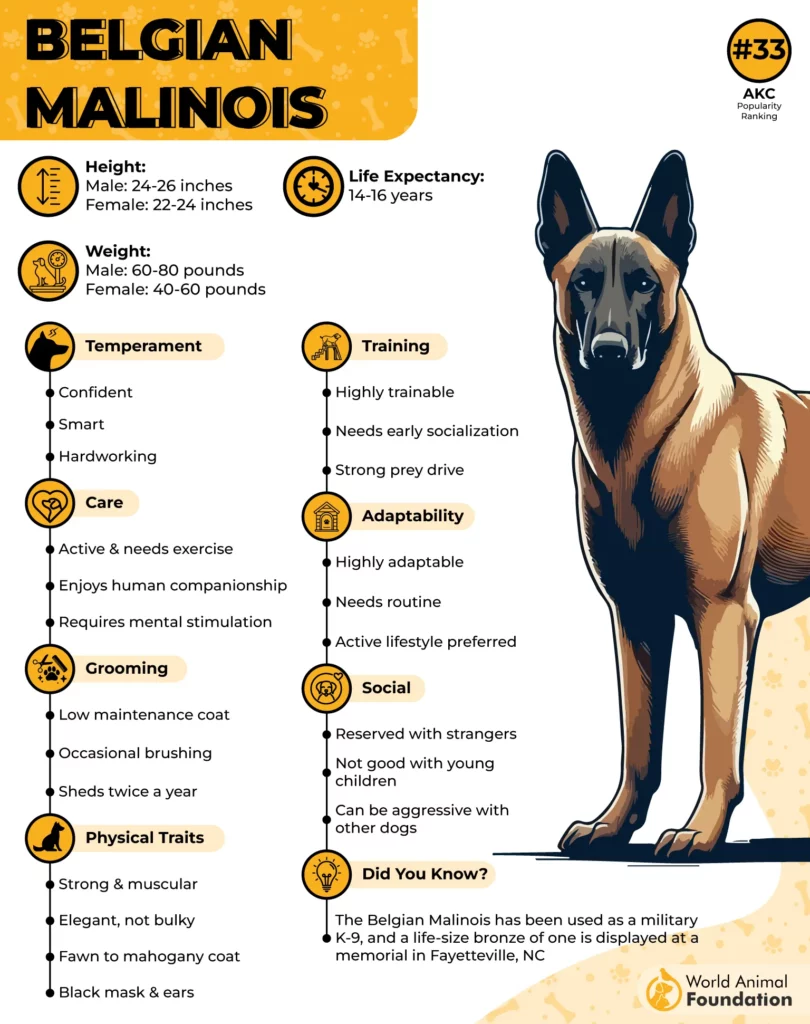
Eager to please and quick to learn, the Malinois requires intense exercise and mental stimulation, making it ideal for experienced owners who can match its high energy and focused mindset.
In contrast, the Rottweiler is a muscular, powerful breed rooted in Roman history, once used to herd cattle and guard resources. With its black and tan coat, steady temperament, and strong protective instincts, the Rottweiler commands respect.
Though confident and intelligent, it tends to be more reserved with strangers and benefits from firm, consistent training. While both breeds are loyal and protective, the Rottweiler’s calm strength contrasts the Belgian Malinois’s intense drive and energy.
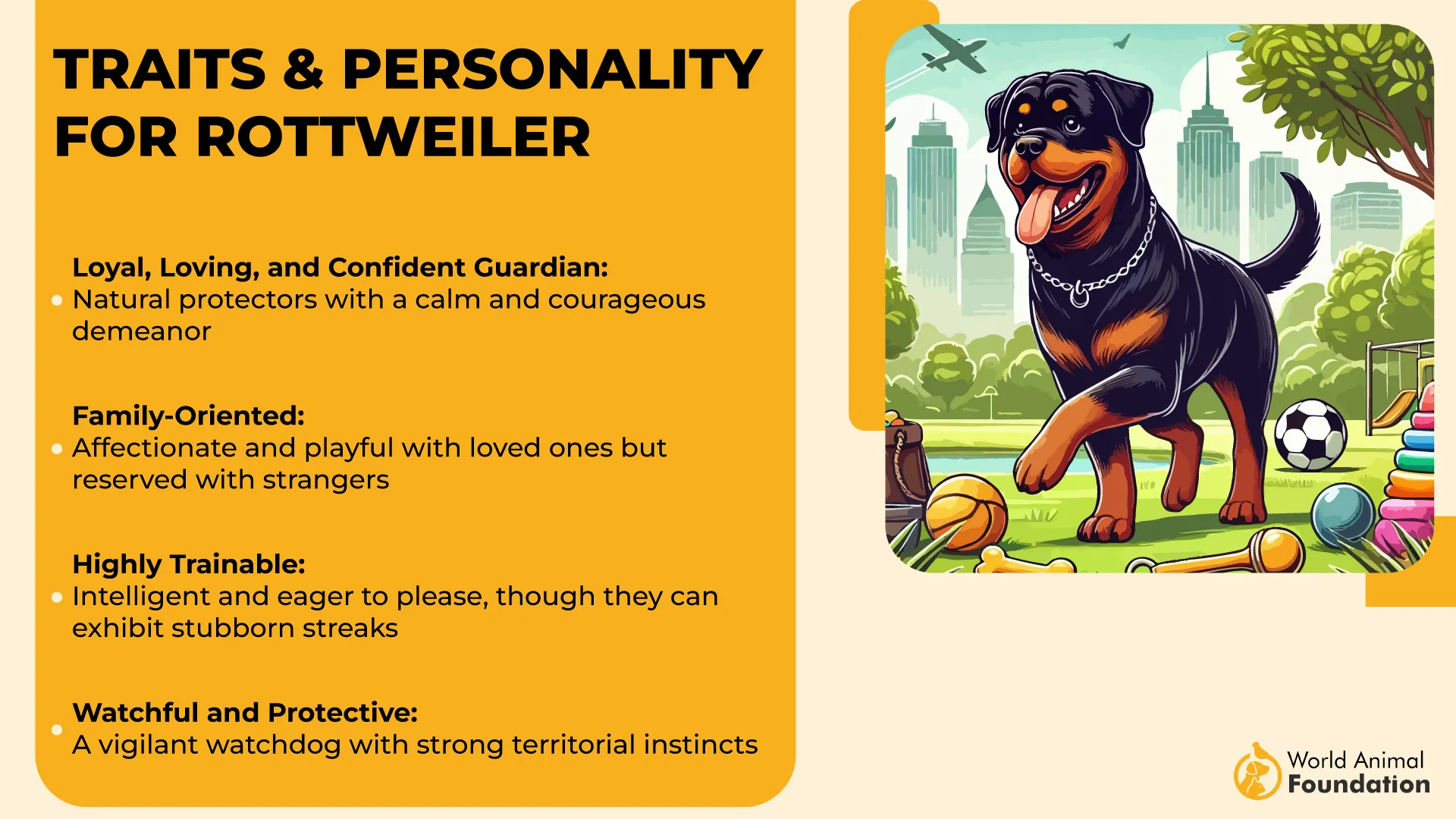
Rottweiler vs. Belgian Malinois: Historical Origin and Breed Purpose
The Rottweiler vs Belgian Malinois comparison reveals two breeds with rich working-class histories shaped by very different environments and roles. The Rottweiler traces its roots to ancient Rome, descending from drover dogs (or cattle-driving dogs) used to herd cattle and protect goods during long treks. After the Romans left Germany, these dogs remained and evolved into the sturdy, fearless Rottweilers of today, named after the town of Rottweil.
Known as the “Butcher’s Dog,” the Rottweiler served not only as a livestock mover but also as a personal guard, famously carrying money in neck pouches. Although their role declined with the rise of railroads, Rottweilers saw a resurgence in the 20th century, becoming trusted police and military dogs, and therapy dogs, according to Britannica.
In contrast, the Belgian Malinois originated in the 1800s in Mechelen, Belgium, as one of four Belgian shepherd breeds. Bred for herding and protection, the Malinois was prized for its high drive, intelligence, and relentless work ethic. Though its U.S. popularity dipped after World War II, it returned strongly in the 1960s, gaining American Kennel Club recognition in 1959.
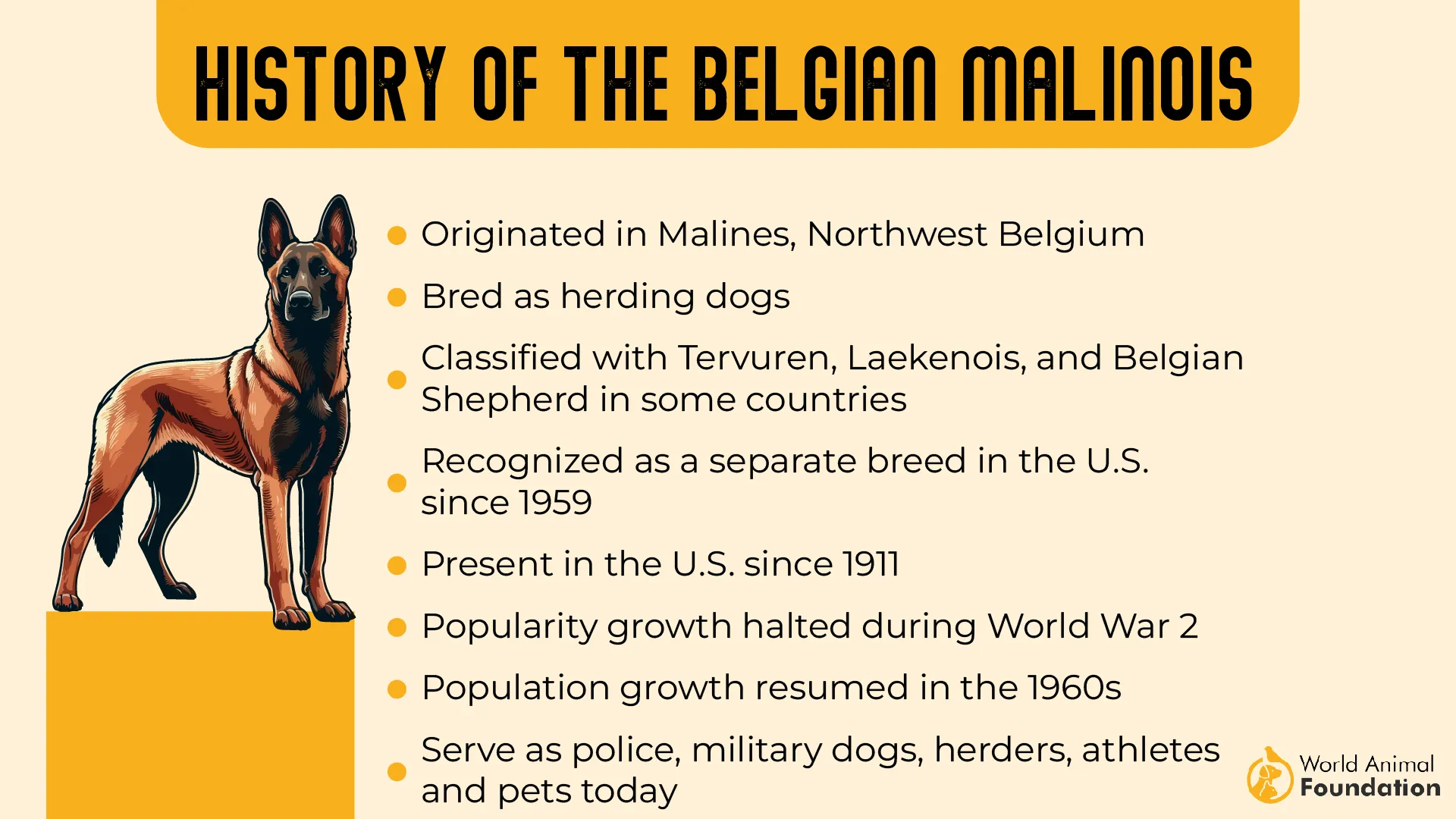
Today, the Malinois is a top choice for elite tasks, ranging from narcotic and explosive detection to search-and-rescue missions and even patrolling the White House. As noted by Britannica, their agility and sharp focus have earned them places on Navy SEAL teams and in high-security operations, highlighting a breed purpose rooted in action and precision.
Rottweiler vs. Belgian Malinois: Size, Weight, and Physical Build
Rottweilers are significantly larger and more robust, with males standing 24 to 27 inches tall and weighing between 110 to 130 pounds. Females are slightly smaller, ranging from 22 to 25 inches in height and weighing 77 to 110 pounds. Their dense, muscular bodies and powerful jaws give them a commanding presence, and their bite strength is notably stronger than that of breeds like German Shepherds and Pit Bulls.
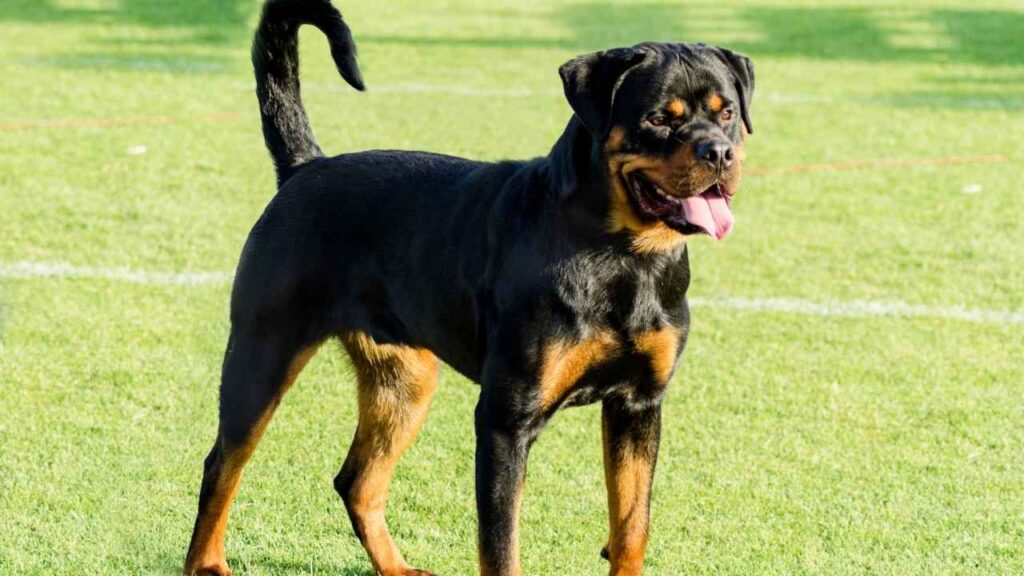
On the other hand, the Belgian Malinois is a medium-sized breed with a more athletic and refined frame. Males typically reach 24 to 26 inches in height and weigh up to 80 pounds, while females stand 22 to 24 inches tall and weigh up to 60 pounds. Though lighter, Malinois are agile, lean, and built for speed and endurance. Their poised, muscular build reflects their energetic nature and readiness to work, making them appear elegant yet intense.
Rottweiler vs. Belgian Malinois: Coat Type and Color Variations
The Belgian Malinois has a short coat that is straight, dense, and low-shedding, typically ranging from yellowish-brown to mahogany with black-tipped hairs. A distinctive black mask and black ears enhance their sharp, alert appearance. Though tan with a black overlay is the most common, colour variations exist, especially in working lines where function outweighs appearance.
This breed is easy to groom, requiring minimal care due to its low-shedding nature, yet the coat still offers weather resistance and protection during intense activity.
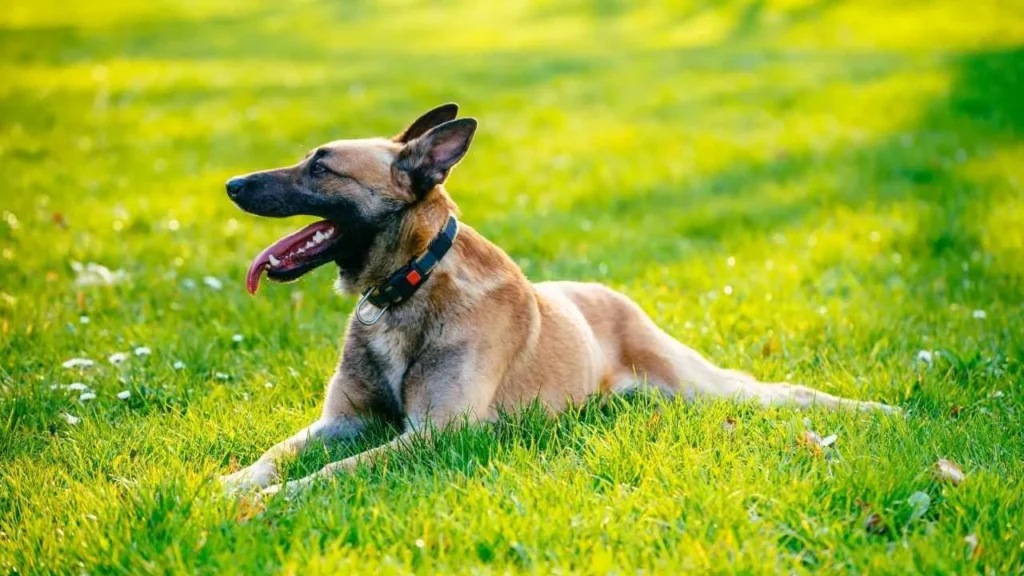
In contrast, the Rottweiler features a short, double coat with a straight, coarse outer layer and a softer undercoat focused around the neck and thighs. The coat is always black with sharply defined rust to mahogany markings, including “eyebrow” spots and pencil-like marks on the toes, giving the breed its iconic look.
While generally easy to groom, Rottweilers do have moderate brushing requirements, especially during periods of seasonal shedding. Regular weekly brushing helps manage shed and keeps their coat healthy and lustrous, states AKC.
Rottweiler vs. Belgian Malinois: Temperament and Activity Levels
When comparing Rottweiler vs Belgian Malinois in terms of temperament and activity levels, the Belgian Malinois stands out for its relentless energy, high intelligence, and intense drive. This breed thrives on mental and physical challenges, excelling in demanding tasks such as herding, agility sports, and protection work like Schutzhund and French Ring Sport.
While Belgian Malinois can coexist peacefully with other pets, they are usually aloof around unfamiliar dogs and people. Their strong will and need for purpose make them unsuitable for first-time dog owners, small children, or seniors unless thoroughly trained and supervised. Without sufficient mental and physical stimulation, they may become destructive and difficult to manage, especially during their early years.
In contrast, Rottweilers possess a calm, confident temperament with a more measured energy level. Though they are also intelligent and trainable, Rottweilers tend to be stubborn and more serious, especially as they mature. They require daily physical exercise and mental engagement, and they perform well in activities like cart pulling, scent work, and competitive obedience.
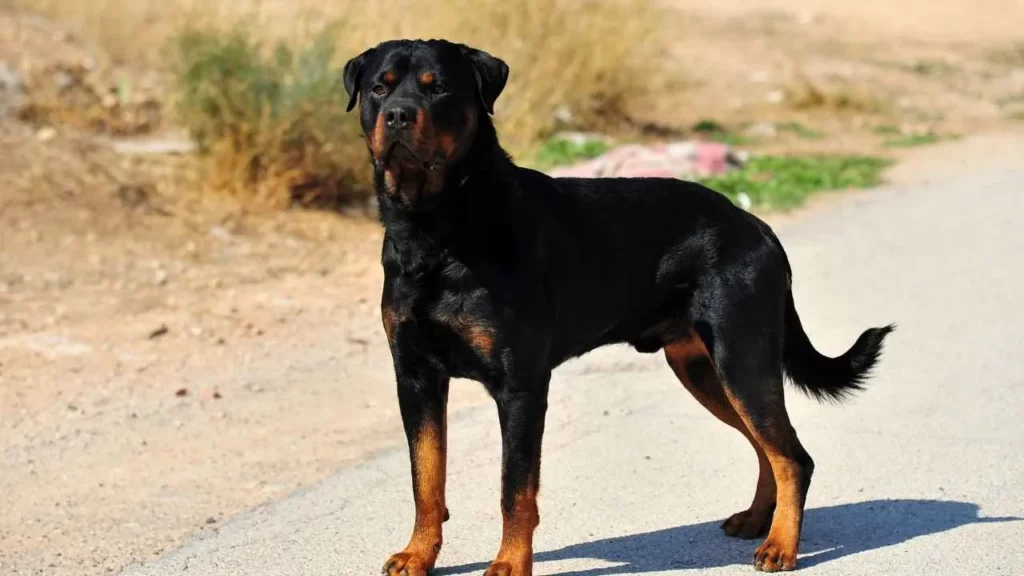
Petplan states Rottweilers are naturally protective and not overly playful unless the activity is mentally stimulating. While generally quiet and not overly aggressive, they may be wary of unfamiliar dogs and environments, necessitating early socialization and consistent training. Their strength and instinctual guarding behaviour make them excellent guard dogs when responsibly handled.
Rottweiler vs. Belgian Malinois: Common Health Issues and Longevity
Belgian Malinois generally has the edge in lifespan, living between 14 to 16 years compared to the Rottweiler’s 8 to 10 years. Though generally a healthy dog, Belgian Malinois are prone to a few hereditary health conditions such as elbow and hip dysplasia, various eye disorders including cataracts and progressive retinal atrophy, and certain cancers like hemangiosarcoma.
They also tend to have increased sensitivity to anaesthesia, making surgical procedures more delicate. Despite these concerns, with responsible breeding and preventive care, Belgian Malinois typically enjoy a longer, active life.
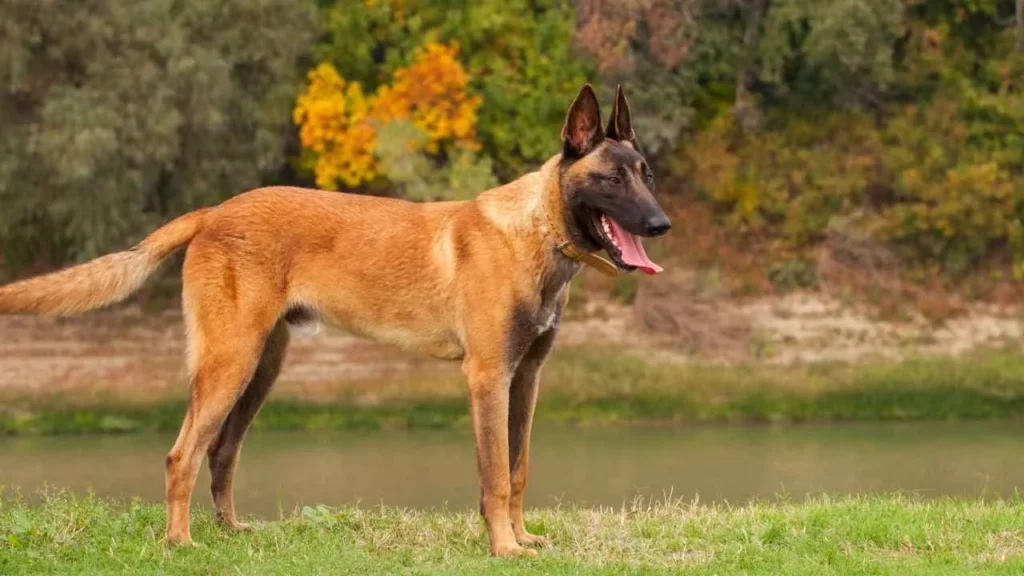
Rottweilers, while strong and resilient, are susceptible to a broader range of health concerns. Common issues include hip and elbow dysplasia, hypothyroidism, heart defects like sub-aortic stenosis, and serious conditions such as osteosarcoma (bone cancer) and gastric dilatation-volvulus (bloat), states PetMD. Allergies and growing pains (panosteitis) are also fairly typical.
Health clearances and genetic screening are vital when selecting a Rottweiler puppy. Though Rottweilers can live healthy lives with proper care and monitoring, their shorter lifespan highlights the importance of regular veterinary checks and a responsible breeding background.
Choosing Between a Rottweiler and a Belgian Malinois
Choosing between a Rottweiler and a Belgian Malinois largely depends on your lifestyle, experience with dogs, and commitment to training. The Belgian Malinois is highly intelligent, high alert, and thrives on mental and physical challenges. However, their strong herding instincts may lead them to nip at children’s heels, making them less suited for families with young kids unless well-trained and closely supervised.
They require regular exercise, early socialization, and consistent training. Without proper stimulation, behavioural issues can develop, such as destructiveness or excessive intensity. Due to their demanding nature and unique characteristics, Belgian Malinois are not ideal for first-time owners but are best suited for active individuals who can dedicate ample time to ongoing training and interaction.
Rottweilers, while also intelligent and trainable, have a more reserved and protective nature. They form strong bond with their families and prefer to live indoors despite their large size. Though relatively calm indoors, they still require regular exercise and a fenced yard for safe outdoor activity. Early socialization is important to reduce territorial tendencies and potential behavioural issues.
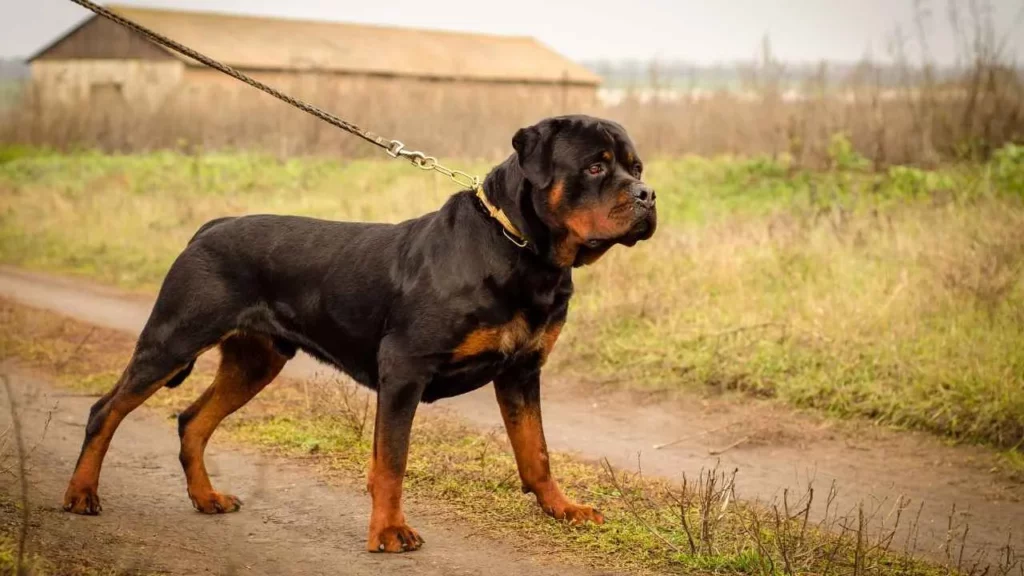
Rottweilers can be strong-willed, especially males, and need a confident, consistent handler. They are generally more suitable for families who can provide firm leadership and structure. For families seeking a loyal, less hyperactive and devoted companion with strong guarding instincts, the Rottweiler may be the better choice—provided the owner can handle the breed’s strength and assertiveness. With proper training, they may also coexist peacefully with cats and other household pets.
Conclusion
When deciding between the Rottweiler and the Belgian Malinois, potential owners must weigh their own lifestyle and experience carefully. Both breeds are active dogs with high intelligence and strong working instincts, but they differ in temperament and suitability for family environments. Rottweilers, known for their gentle demeanor and loyalty, can make great family dogs with proper training and early socialization. However, as a large breed, they require firm leadership and space to thrive—apartment living and a sedentary lifestyle may lead to behavioral issues or weight gain.
On the other hand, Belgian Malinois are best suited for experienced Belgian Malinois owners who can provide as much exercise and mental stimulation as the breed demands. While they can excel in active households, their high energy and herding instincts make them less ideal for families with small children or first-time dog owners. Ultimately, both breeds have the potential to be devoted, protective companions—but only in the right hands and environments tailored to their unique needs.


